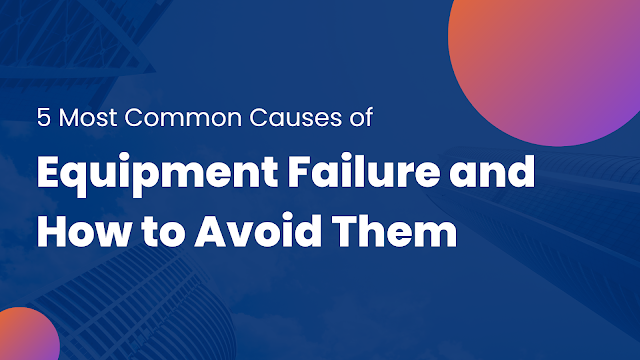What is the Difference Between CMMS and EAM Software?

Computerized Maintenance Management Systems (CMMS) and Enterprise Asset Management (EAM) software are integral tools in modern maintenance and asset management. However, they serve different purposes and are suited to different organizational needs. A CMMS, or Computerized Maintenance Management System , is a software tool designed to simplify and automate maintenance management tasks. Its core functions typically include work order management, preventive maintenance scheduling, inventory control, and basic reporting. A CMMS is excellent for managing the day-to-day operations of a maintenance team, streamlining work orders, and ensuring preventive maintenance is carried out systematically. Its main goal is to help organizations reduce downtime and extend the life of their assets by improving maintenance efficiency. On the other hand, EAM software, or Enterprise Asset Management , offers a more holistic approach to managing an organization's physical assets. While it encompasses a...

